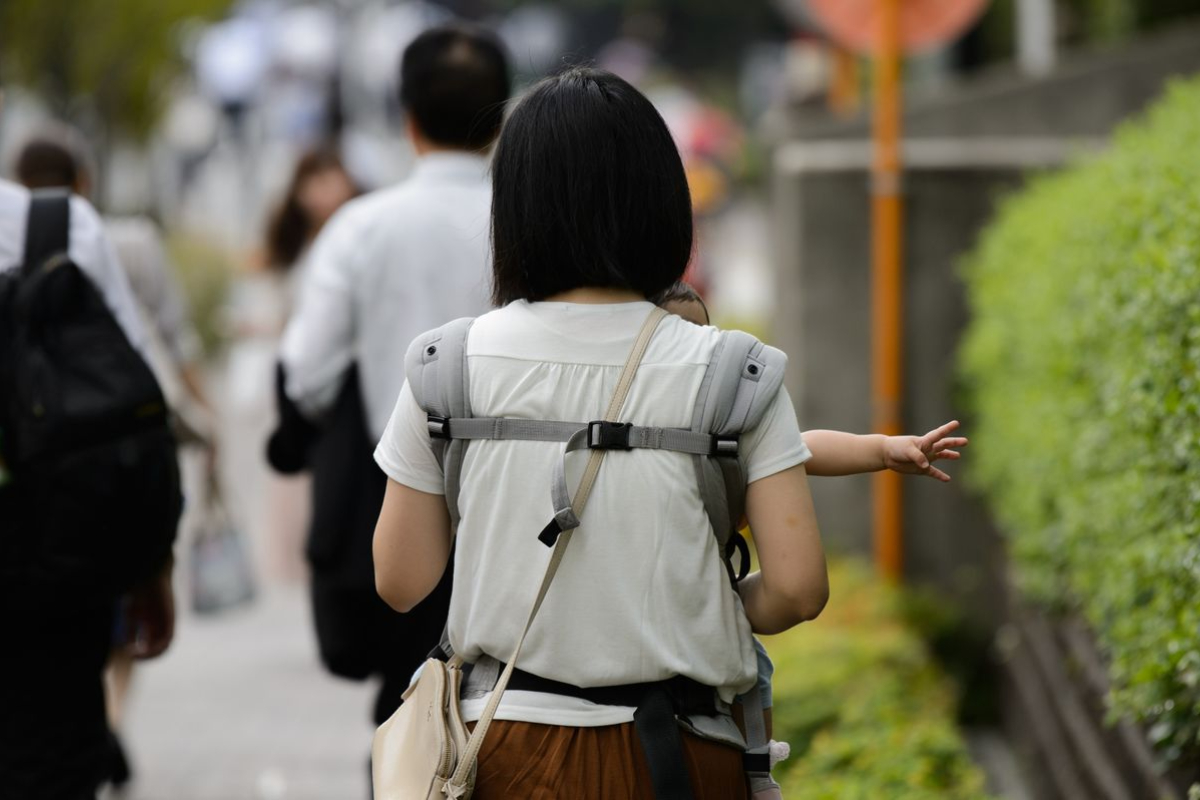A magnitude 6.1 earthquake rattled Japan’s Hokkaido, no tsunami warning issued
Japan Meteorological Agency reported a magnitude 6.1 earthquake. The quake depth was...

Japan’s birth rate has reached an all time low
The number of births registered in Japan fell to a new low last year, continuing a decades-long decline that the country’s authorities have failed to reverse despite extensive efforts.
The country saw 799,728 births in 2022, the lowest number on record and the first ever dip below 800,000, according to statistics released by the Ministry of Health on Tuesday. That figure has nearly halved in the last 40 years; in 1982, Japan had more than 1.5 million births.
Last year, Japan reported a record number of post-war deaths, totaling more than 1.58 million.
For more than a decade, deaths have outpaced births in Japan, posing a growing problem for the leaders of the world’s third-largest economy. They now face an ageing population and a shrinking workforce to fund pensions and health care as demand from the ageing population rises.
According to the most recent government figures, Japan’s population has been steadily declining since the 1980s economic boom, and will stand at 125.5 million in 2021.
In the absence of immigration, its fertility rate of 1.3 is far below the rate of 2.1 required to maintain a stable population.
The country also has one of the highest life expectancies in the world; according to government data, nearly one in every 1,500 Japanese people was 100 or older in 2020.
These worrying trends prompted Prime Minister Fumio Kishida to warn in January that Japan is “on the brink of not being able to maintain social functions.”
“In thinking of the sustainability and inclusiveness of our nation’s economy and society, we place child-rearing support as our most important policy” he said, adding that Japan “simply cannot wait any longer” to solve its low birth rate problem.
Kishida stated in January that he wants the government to double its spending on child-related programmes, so a new government agency will be established in April to address the issue.
But money alone might not be able to solve the multi-pronged problem, with various social factors contributing to the low birth rate.
Japan’s high cost of living, limited space, and lack of child care support in cities make raising children difficult, resulting in fewer couples having children. Urban couples are also frequently separated from extended family members in other regions who could provide support.
According to sources, Japan will be one of the most expensive places in the world to raise a child in 2022. Nonetheless, the country’s economy has been stagnant since the early 1990s, resulting in depressingly low wages and limited opportunities for advancement.
According to Ministry of Health, Labor, and Welfare data for 2021, the average real annual household income fell from 6.59 million yen ($50,600) in 1995 to 5.64 million yen ($43,300) in 2020.
Marriage and family formation attitudes have also shifted in recent years, with more couples deferring both during the pandemic – and young people feeling increasingly pessimistic about the future.
It’s a familiar story in East Asia, where South Korea‘s fertility rate, which was already the lowest in the world, fell even further last year, thwarting the country’s efforts to increase its declining population.
Meanwhile, China is inching closer to officially losing its title as the world’s most populous country to India after its population shrank in 2022 for the first time since the 1960s.
Catch all the Business News, Breaking News Event and Latest News Updates on The BOL News
Download The BOL News App to get the Daily News Update & Live News.